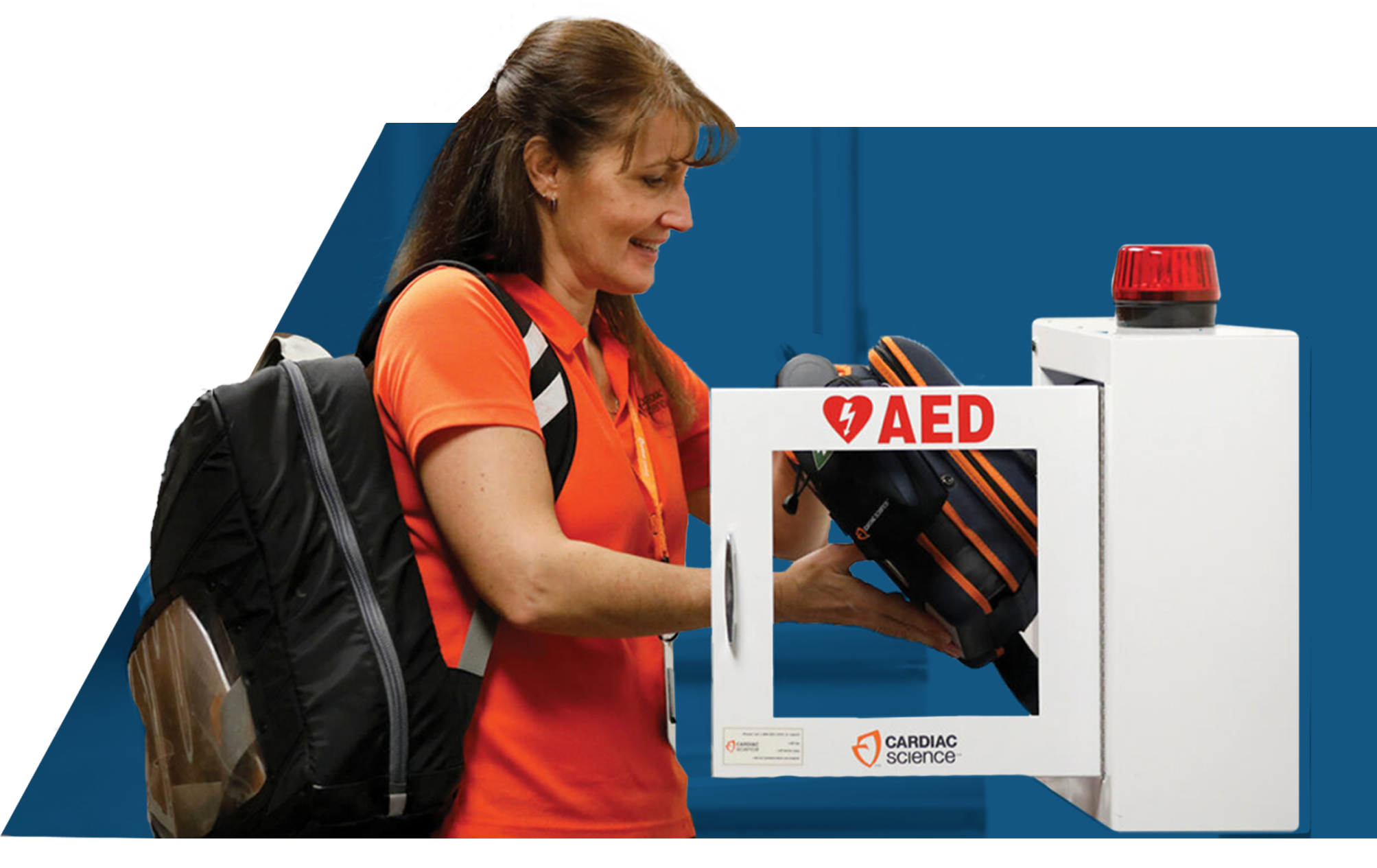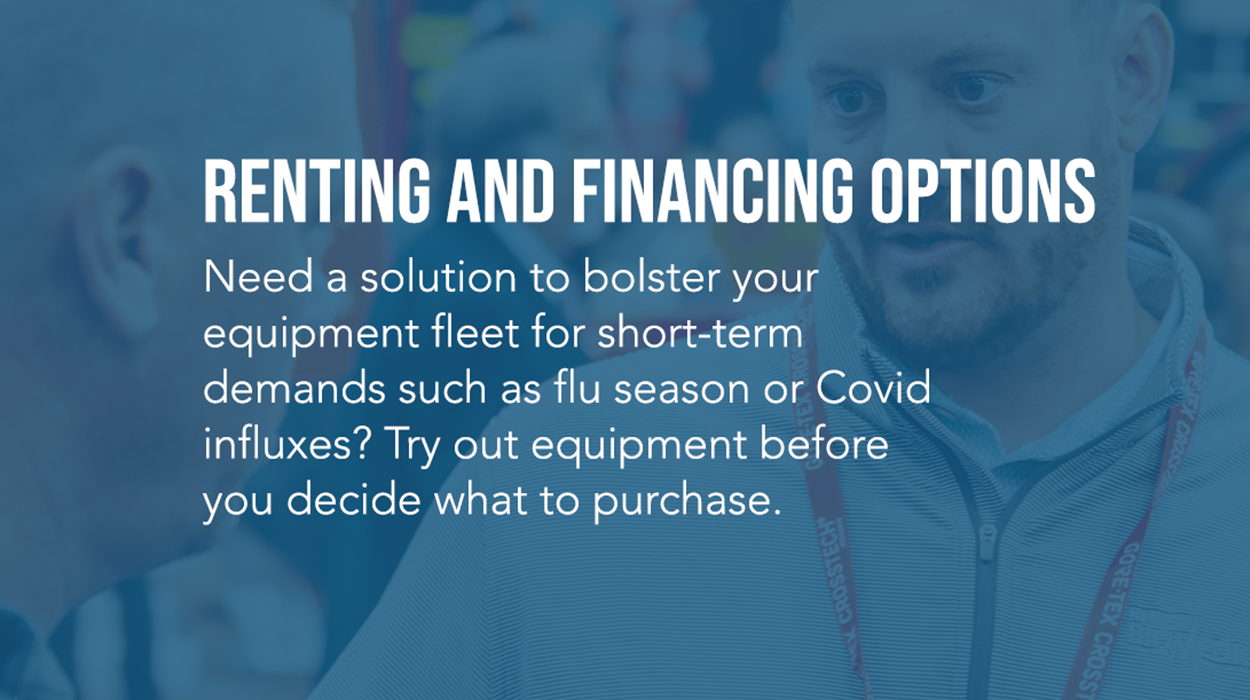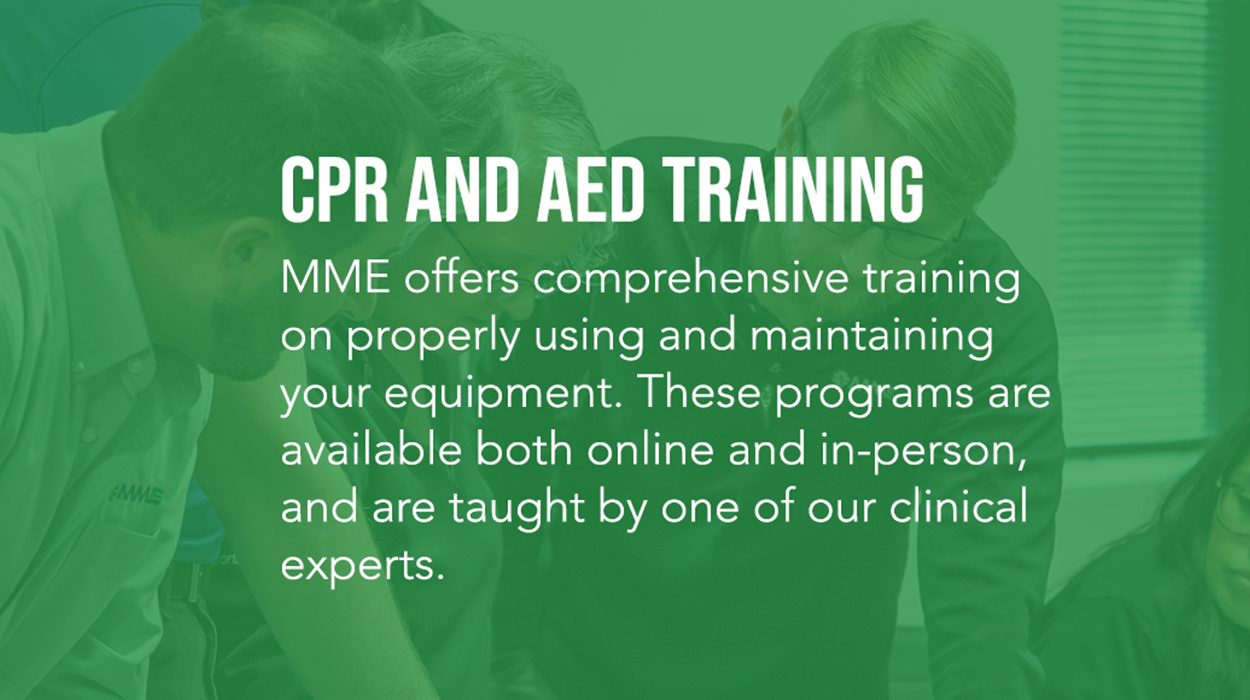
What is an AED?
An AED, or Automated External Defibrillator, is a user-friendly medical device that delivers a heart-starting electric shock to a person experiencing cardiac arrest. AEDs have visual and audible prompts that guide any user through the steps of a rescue.

Common Features
AEDs come with various features that can differ between models and manufacturers. Choosing an AED with features and variables that suit your needs is essential, but almost all AEDs will include the following base features.
Voice Prompts
AEDs are designed to be user-friendly, especially for individuals without formal training. The AED provides voice prompts and clear instructions to guide the user through a shock and resuscitation.
Biphasic Waveform
AEDs deliver a biphasic waveform, which is an effective type of electrical shock for treating cardiac arrest. The shock is delivered through two pads placed on the victim’s body, creating a circuit for the electrical current to pass through the heart.
Language Options
Most AEDs offer multiple language options to accommodate users who may not understand the default language.
Warranty
When purchasing a new AED, it typically comes with a manufacturer’s warranty that can range from 5 to 8 years. Recertified AEDs usually come with a 1-year warranty, with options to extend it or purchase a service plan.
Semi or Fully Automatic
AEDs are available in two types – semi-automatic and fully automatic. In the semi-automatic model, the user needs to press a shock button to deliver the electrical shock, while in the fully automatic model, the shock is delivered automatically, allowing the user to focus on chest compressions.
Self Checks
AEDs perform regular self-checks to ensure that all components are functioning correctly. If any issues are detected, the AED alerts the user through visible or audible alarms, allowing for timely maintenance.
Other Features
Visual Prompts
Most AEDs are equipped with visual prompts to assist rescuers throughout the rescue process. The level of detail in the visual guidance varies among different models. Some units display elapsed time between shocks, the number of shocks delivered, and CPR guidance on an LCD screen, while others use animations to provide a step-by-step rescue process. Consider the level of guidance users may need when choosing an AED.
Shock Levels
AEDs can deliver shocks using fixed energy or escalating energy. Fixed energy delivery means that all shocks delivered have the same energy level, usually around 300/350 joules. Escalating energy delivery provides increasing energy levels for subsequent shocks, starting from around 150 joules and reaching 300 joules or higher. The choice between fixed and escalating energy may depend on personal preference or specific needs.
ECG Display
An ECG (Electrocardiogram) display shows the electrical rhythm and activity of the heart in a graph-style format. It can be helpful for medically trained individuals to track the victim’s heart rate progress.
Manual Override
Some AEDs have a manual override feature, which allows medically trained professionals to take control of the rescue process. This feature enables them to override automatic prompts and the analyzing stage to deliver a shock based on their professional judgment. Manual override is particularly useful for medical professionals in emergency situations.
Electrode Self Test
All AEDs perform self-tests to ensure device readiness for rescue operations. These tests include checking internal circuitry, battery levels, and, in some cases, verifying electrode pad connections and gel efficiency. Audible or visual alarms notify users of any issues, allowing for necessary management or adjustments.



